Consumer demand for premium iPhones with extra storage is fueling a surge in the average price per device, with it topping $1,000 for the first time.
Apple's latest iPhones have hit a new high in popularity and price, with the average U.S. retail price (US-WARP) reaching a record $1,018 in the September 2024 quarter. According to the latest data from Consumer Intelligence Research Partners (CIRP), the rise is primarily driven by strong consumer demand for Pro and Pro Max models equipped with expanded storage.
As consumers continue to prioritize premium features, average iPhone prices have seen a steady increase. In the recent quarter, 47% of all iPhones sold were Pro or Pro Max models, a significant jump from 38% in the same period last year.
Consumers increasingly view high-end devices as long-term investments, valuing advanced capabilities and additional storage. Apple's decision to stop disclosing its Average Selling Price (ASP) for iPhones has made the US-WARP an essential metric for understanding how consumer preferences are evolving in the U.S.
Unlike ASP, which accounts for wholesale discounts and often shows a blended price across all sales, US-WARP focuses exclusively on direct retail sales, providing a more transparent view of consumer spending on Apple's devices.
September has become a pivotal month in Apple's sales calendar, with a unique mix of product launches and promotions for prior-generation models. Many buyers wait until new models are released, hoping to capitalize on the latest features. Meanwhile, others — often motivated by immediate needs like device replacement — are less inclined to wait and purchase earlier in the quarter.
The record-high US-WARP reflects two critical shifts in Apple's customer base. First, Apple's premium models have gained traction, with more customers opting for the advanced features offered in the Pro and Pro Max versions.
Second, expanded storage capacities have become a priority as buyers recognize the value of additional space for storing photos, videos, and applications, particularly as these needs continue to grow.
Apple's push toward high-end devices with features like superior camera lenses and faster processing, exemplified by the iPhone 15 and iPhone 16 series, has proven effective in attracting buyers who view their smartphones as essential tools worth premium investments.
The company strategically positions its Pro models as top-tier, creating a clear divide between standard and high-performance options. This "ap-Pro-ach" has attracted a more extensive customer base willing to invest in premium models, viewing them as long-term purchases with superior performance and advanced features.
High-end smartphone models have become a defining trend, with consumers willing to pay more for top-tier technology. Apple's record-breaking iPhone prices reflect this, driven by premium devices, consumer interest in features, and expanded storage options. While iPhones have risen in price, many buyers see value in the advanced features, viewing the higher cost as an investment in a powerful device.
The CIRP report shows a shift in consumer preferences, prioritizing performance and storage. As Apple develops more sophisticated models, iPhone prices may persist, reshaping consumer expectations and solidifying Apple's position in the premium smartphone market.
Apple's strategy of focusing on high-end devices is booming. As iPhones advance and become pricier, consumers are willing to pay for the brand's cutting-edge technology and premium experience, highlighting Apple's influence in the smartphone industry.
 Andrew Orr
Andrew Orr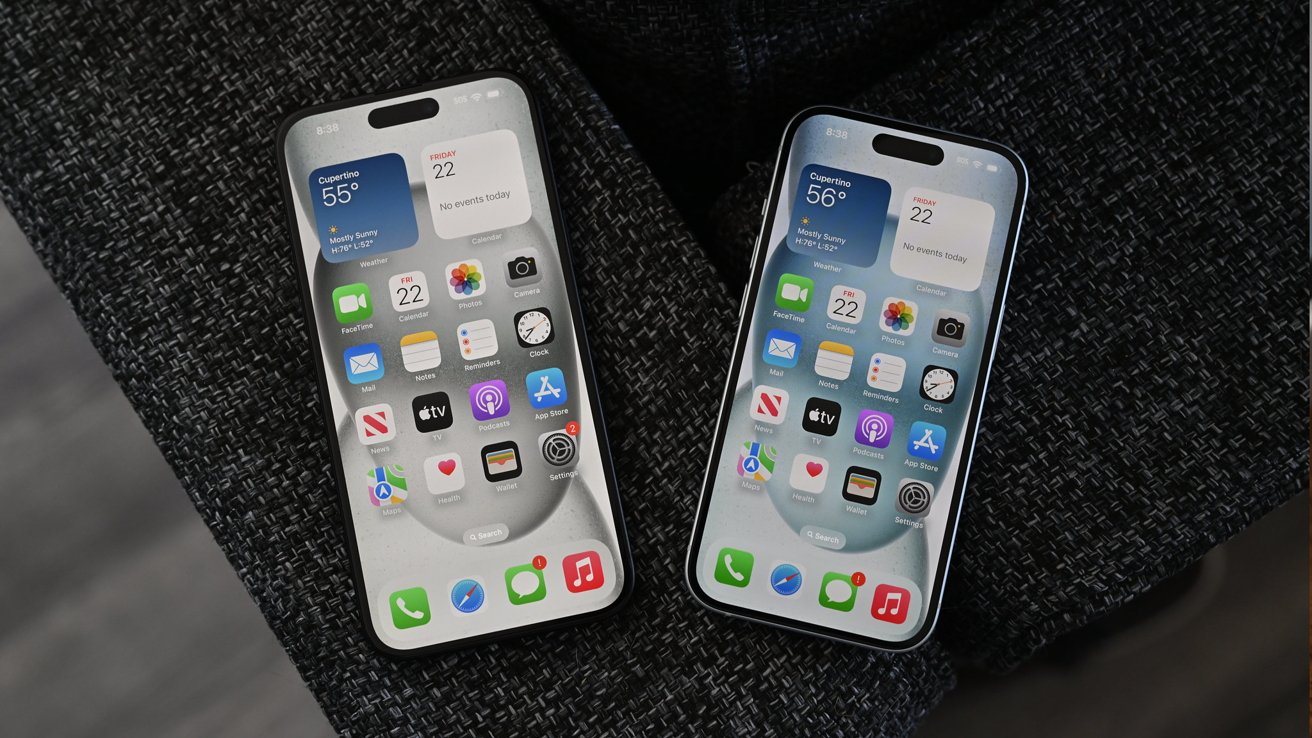
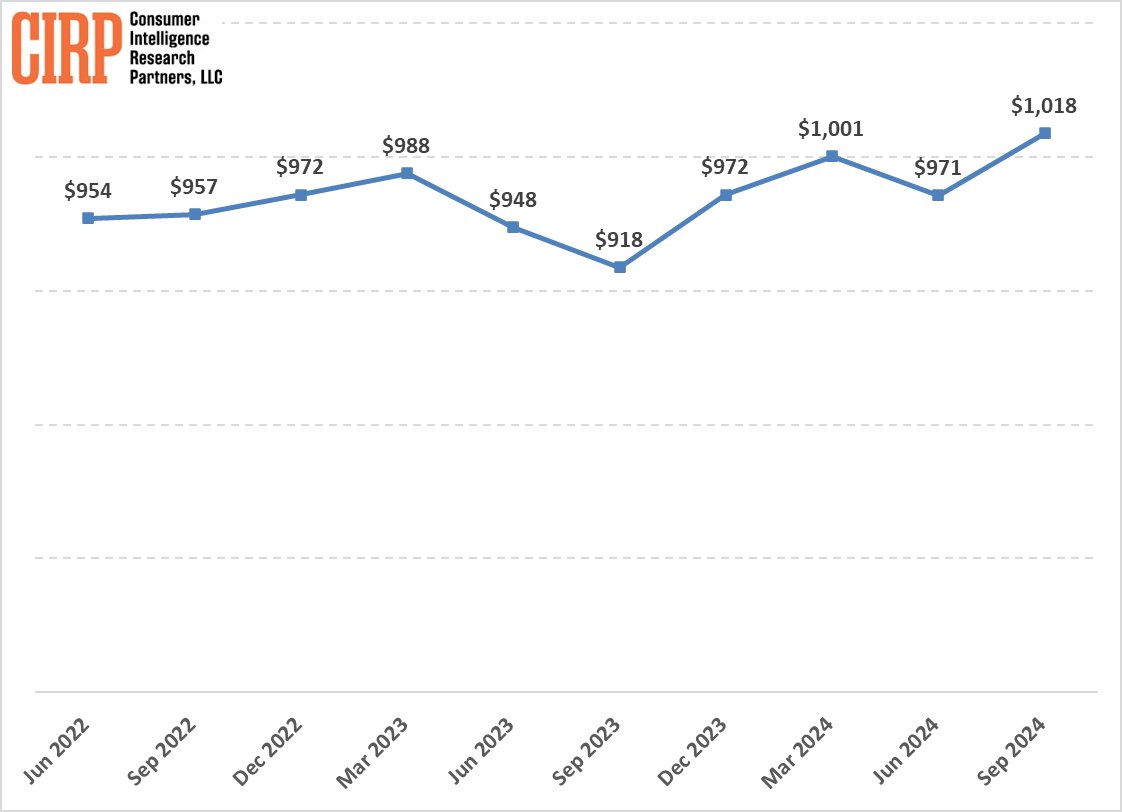







-m.jpg)





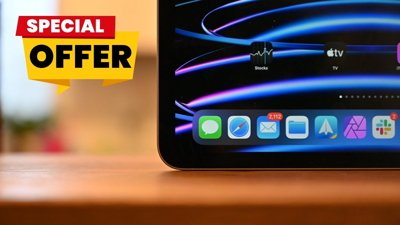
 Christine McKee
Christine McKee
 Malcolm Owen
Malcolm Owen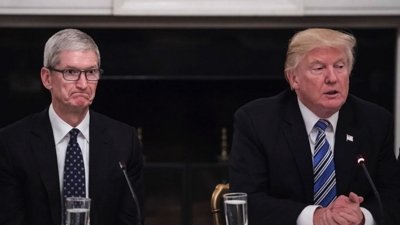

 Charles Martin
Charles Martin


 Mike Wuerthele
Mike Wuerthele
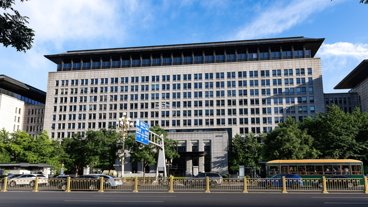

-m.jpg)






2 Comments
$954 to $1018 is still a bargain my grocery bill along many other day to day items seems to have gone up more than that in the same period of time and unlike the iPhone, the features and the quality didn’t improve in fact, most companies were cutting back on the quality and charging a higher price.
No doubt many will read this headline and assume iPhone prices have gone up. This whole average, median and mean thing is far too complex math for the masses. ;)